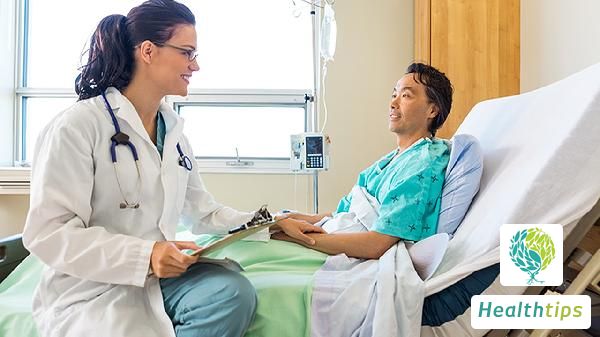What are the symptoms of a blood clot?
Symptoms and Complications of Blood Clots
Blood clots can potentially lead to various symptoms and complications, including limb swelling, skin discoloration, dyspnea, chest pain, as well as headaches or vision changes. Understanding what the symptoms of blood clots are constitutes a crucial health concern requiring utmost attention. If any of the following symptoms manifest, prompt medical attention is advised, with treatment measures to be taken according to individual circumstances under medical guidance. Details are as follows:

-
Limb Swelling
Blood clots can cause sudden limb swelling accompanied by a tight or painful sensation. Seek immediate medical attention, as doctors may conduct ultrasound scans to confirm the presence of a clot and may prescribe anticoagulant medications.
-
Skin Discoloration
The affected area may turn red or blue, accompanied by a warm sensation. Keep the affected limb elevated, minimize activity, and seek medical attention promptly to prevent further deterioration.
-
Dyspnea
Blood clots in the lungs can result in shortness of breath or dyspnea, accompanied by chest pain or coughing up blood. This is an emergency situation requiring immediate call to emergency services and transportation to the hospital's emergency department.
-
Chest Pain
Blood clots in the heart can elicit severe chest pain that may radiate to the shoulders, neck, or arms. Seek immediate medical attention as emergency medical intervention, such as thrombolytic drugs or surgery, may be necessary.
-
Headache or Vision Changes
Blood clots in the brain can cause sudden, severe headaches, blurred or lost vision, difficulty speaking, or weakness on one side of the body. Seek immediate medical attention as swift action in stroke treatment is, crucial and timely treatment can reduce brain damage.
To prevent the occurrence of blood clots, it is recommended to maintain a healthy lifestyle and dietary habits, including regular exercise, maintaining an appropriate weight, avoiding prolonged sitting, and consuming a balanced diet.



















